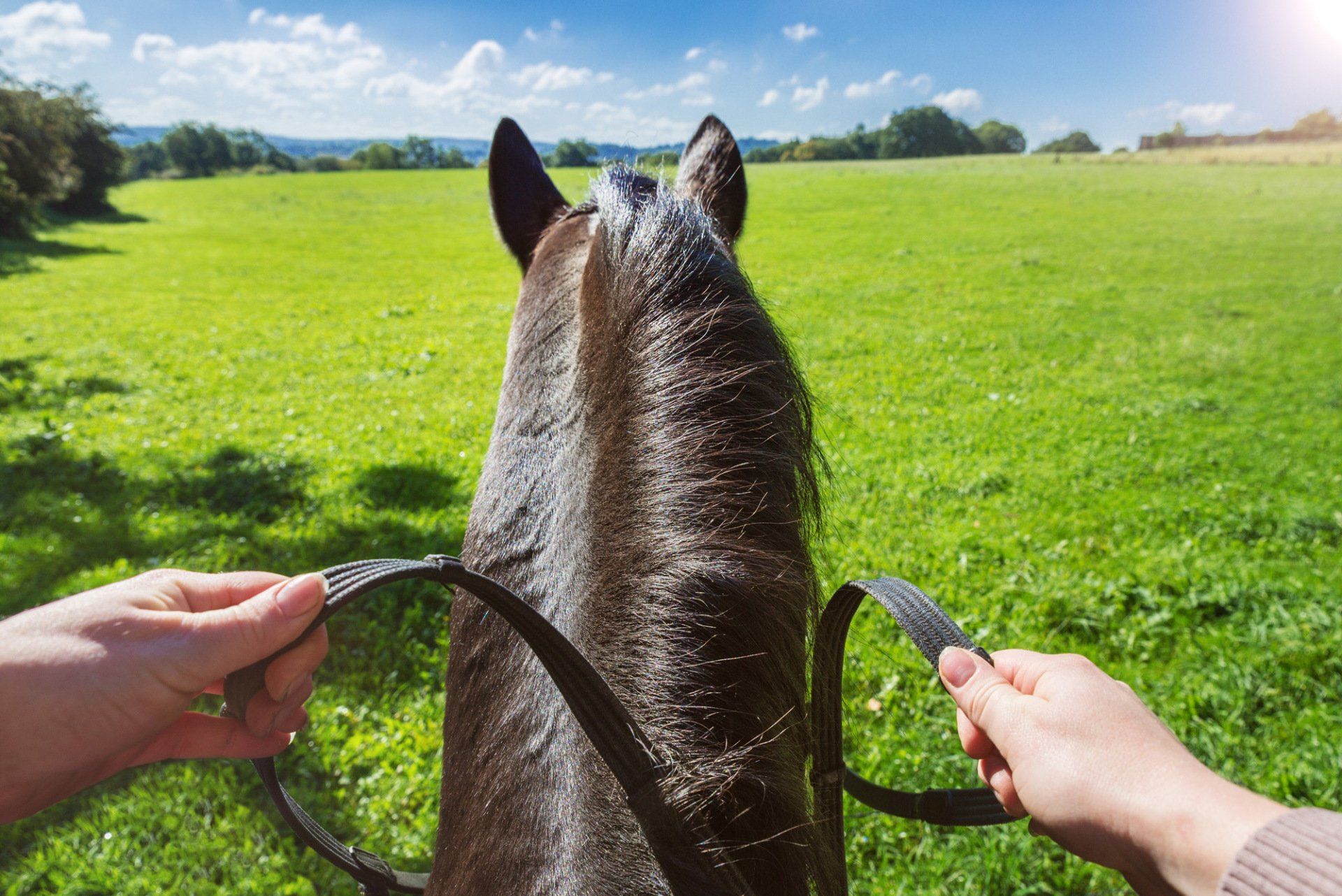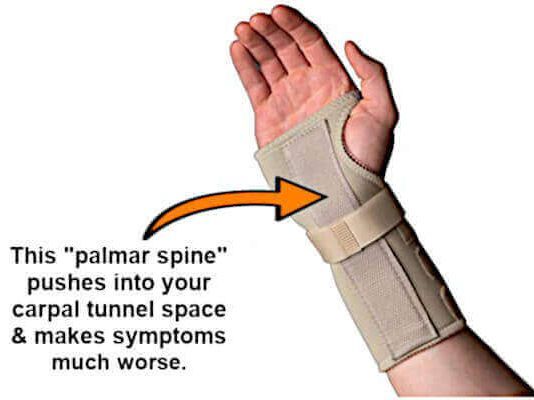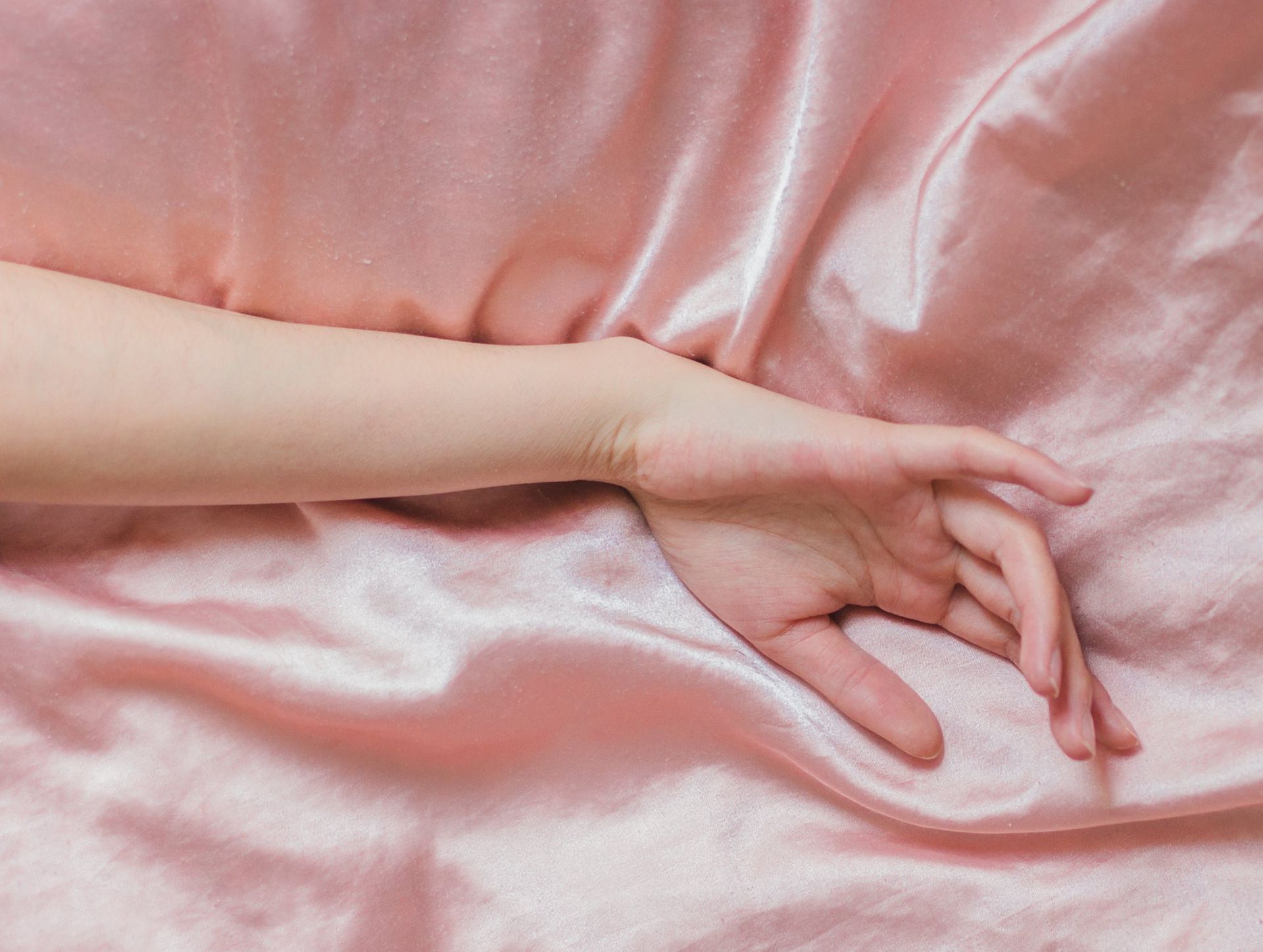Does Horseback Riding Cause Carpal Tunnel?
Do you ride horseback a lot? Do your hands hurt - especially while trying to sleep? These might be signs of carpal tunnel syndrome. But while carpal tunnel & horseback riding are definitely related, other disorders could explain these symptoms.
Actually, many people who work with their hands all day experience hand pain at some point. But usually the problem is simply muscle fatigue or
wrist tendonitis and not carpal tunnel syndrome.
This article describes how to tell the difference.
Table of Contents
- Why horseback riders get carpal tunnel
- Maybe it's just tired hands?
- Difference between tired hands, tendonitis & carpal tunnel
- How to eliminate carpal tunnel symptoms
- Night Bracing
- Rest
- Stretching Exercises
- Myofascial Massage
- Summary
Why horseback riders get carpal tunnel
Handling horses requires hoisting saddles, gripping lines, pulling ropes, etc. And when controlling an animal that weighs about 1,500 pounds, you need a tight grip on the reins. The seemingly harmless act of riding for pleasure usually requires maintaining a grip on the reigns for hours at a time.
Getting hand pain from horseback riding is usually due to prolonged gripping. This is abnormal to the human physiology. In essence, prolonged gripping stresses the
flexor tendons - sometimes beyond their limits. These tendons are designed by nature to grip and release. But not too quickly or with force, at least not repeatedly and for hours on end.
Tight prolonged gripping is a definite recipe for getting carpal tunnel syndrome. It is one of several
harmful hand activities which are known to cause this disorder. That's why carpal tunnel is more likely to occur in
hairdressers,
graphic artists,
dental hygienists and
guitar players (all are high risk occupations for carpal tunnel).
Maybe it's just tired hands?
Carpal tunnel is the leading cause of hand pain in the United States today, after
arthritis. In fact, carpal tunnel syndrome occurs in about 5% of the population. And the rate is increasing.
But hand pain doesn't necessarily mean you have carpal tunnel. Absolutely any activity where you grip something for prolonged periods of time can lead to hand pain. It’s especially the case when you grip with force, relax, and grip again, over and over. Doctors call this
repetitive stress (strain) injury or RSI.
So yes, the hand pain from horseback riding can be the onset of carpal tunnel. But it can also be tired hands or
wrist tendonitis. The two latter conditions are much easier to treat (usually with just a few days of rest) than carpal tunnel.
Difference between tired hands, tendonitis and carpal tunnel
How to eliminate carpal tunnel symptoms
If you actually have carpal tunnel, horseback riding probably brought it on. Happily, there are many good non-surgical
carpal tunnel treatments. Most are so effective that pain will never bother you again.
The most successful way equestrians (or anybody else) can eliminate
carpal tunnel syndrome is to use one (or a combination of) the following methods: Night Bracing, Rest, Stretching Exercises, Myofascial Massage.
Night Bracing
Rest
Stretching Exercises
Myofascial Massage
Summary
Carpal tunnel, horseback riding, and hand pain go (no pun intended) "hand in hand". But so does muscle fatigue and wrist tendonitis. These three disorders are common in people who use their hands a lot. However, you can enjoy your horse without the pain by using four distinct therapies: night bracing, rest, stretching exercises, and myofascial massage. These therapies will help you avoid pain, and in most cases even reverse the disorder.
About








